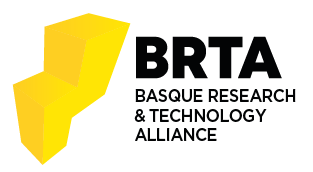Automatic UAV-based Airport Pavement Inspection Using Mixed Real and Virtual Scenarios
Autores: Alonso, Pablo
Fecha: 01.06.2023
Abstract
Runway and taxiway pavements are exposed to high stress during their projected lifetime, which inevitably leads to a decrease in their condition over time. To make sure airport pavement condition ensure uninterrupted and resilient operations, it is of utmost importance to monitor their condition and conduct regular inspections. UAV-based inspection is recently gaining importance due to its wide range monitoring capabilities and reduced cost.In this work, we propose a vision-based approach to automatically identify pavement distress using images captured by UAVs. The proposed method is based on Deep Learning (DL) to segment defects in the image. The DL architecture leverages the low computational capacities of embedded systems in UAVs by using an optimised implementation of EfficientNet feature extraction and Feature Pyramid Network segmentation. To deal with the lack of annotated data for training we have developed a synthetic dataset generation methodology to extend available distress datasets. We demonstrate that the use of a mixed dataset composed of synthetic and real training images yields better results when testing the training models in real application scenarios
BIB_text
author = {Alonso, Pablo},
title = {Automatic UAV-based Airport Pavement Inspection Using Mixed Real and Virtual Scenarios},
pages = {12},
keywds = {
Computer vision; Deep learning; Embedded systems; Inspection; Pavements; Statistical tests; Unmanned aerial vehicles (UAV)
}
abstract = {
Runway and taxiway pavements are exposed to high stress during their projected lifetime, which inevitably leads to a decrease in their condition over time. To make sure airport pavement condition ensure uninterrupted and resilient operations, it is of utmost importance to monitor their condition and conduct regular inspections. UAV-based inspection is recently gaining importance due to its wide range monitoring capabilities and reduced cost.In this work, we propose a vision-based approach to automatically identify pavement distress using images captured by UAVs. The proposed method is based on Deep Learning (DL) to segment defects in the image. The DL architecture leverages the low computational capacities of embedded systems in UAVs by using an optimised implementation of EfficientNet feature extraction and Feature Pyramid Network segmentation. To deal with the lack of annotated data for training we have developed a synthetic dataset generation methodology to extend available distress datasets. We demonstrate that the use of a mixed dataset composed of synthetic and real training images yields better results when testing the training models in real application scenarios
}
isbn = {978-151066618-4},
date = {2023-06-01},
}







